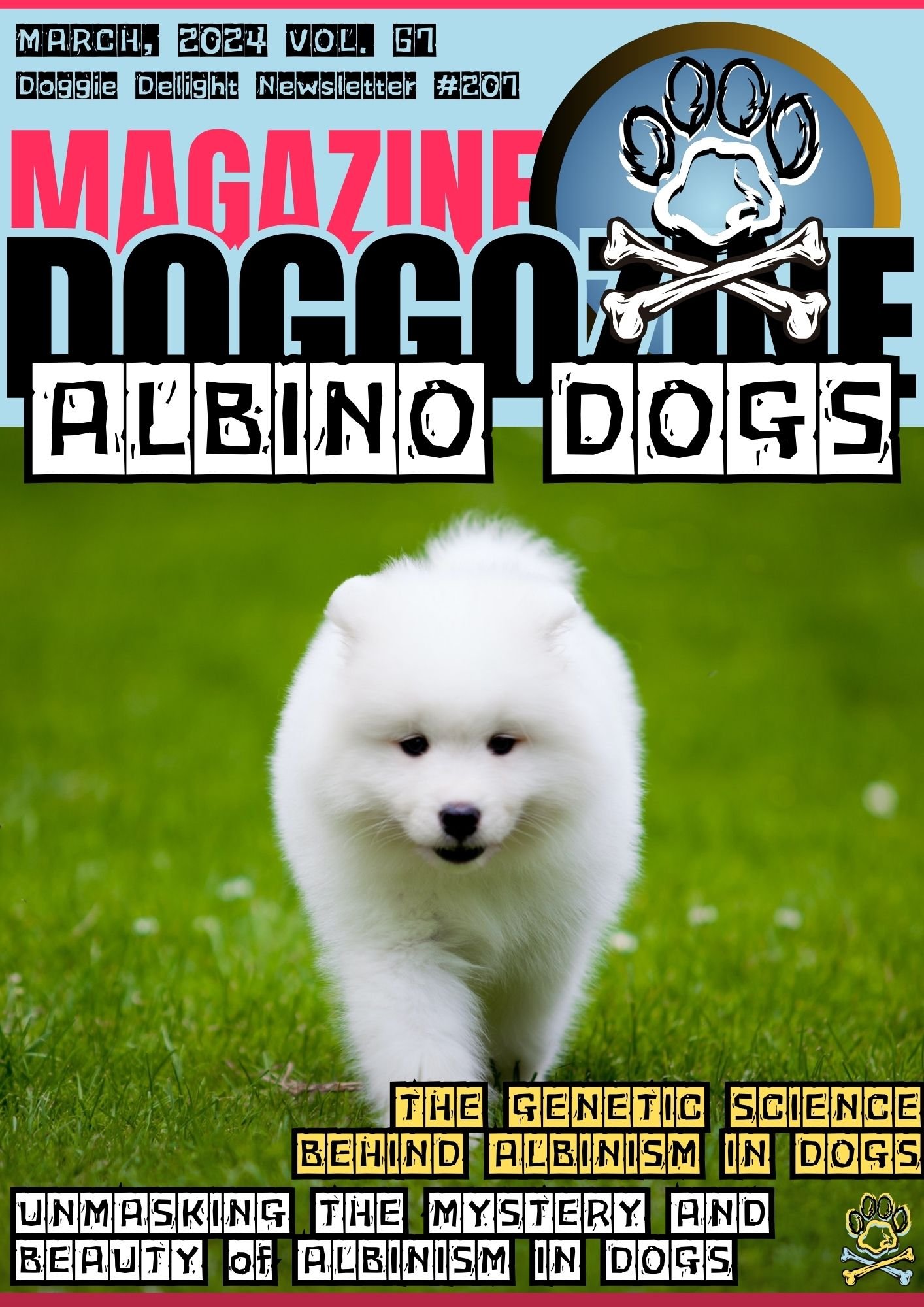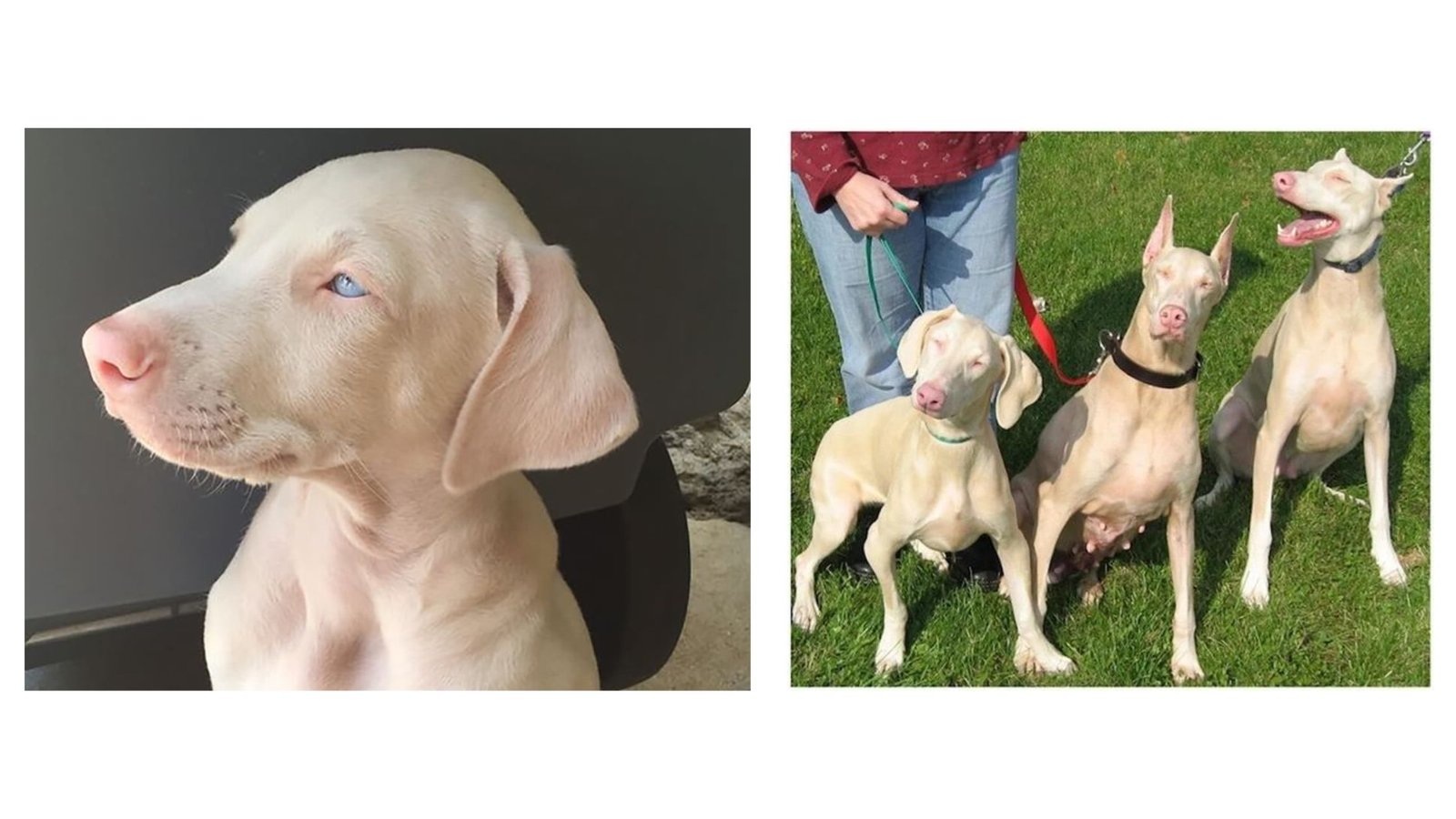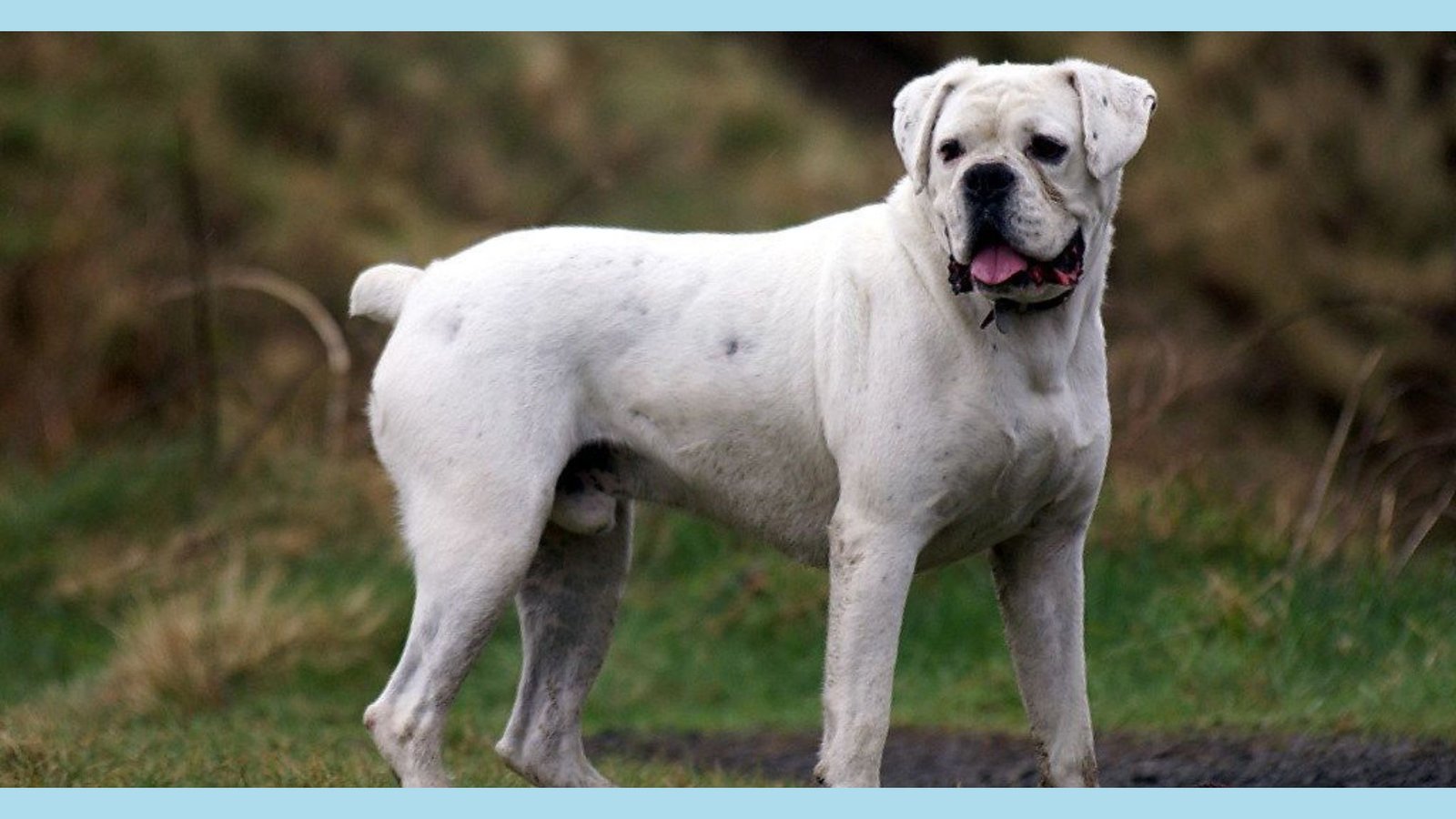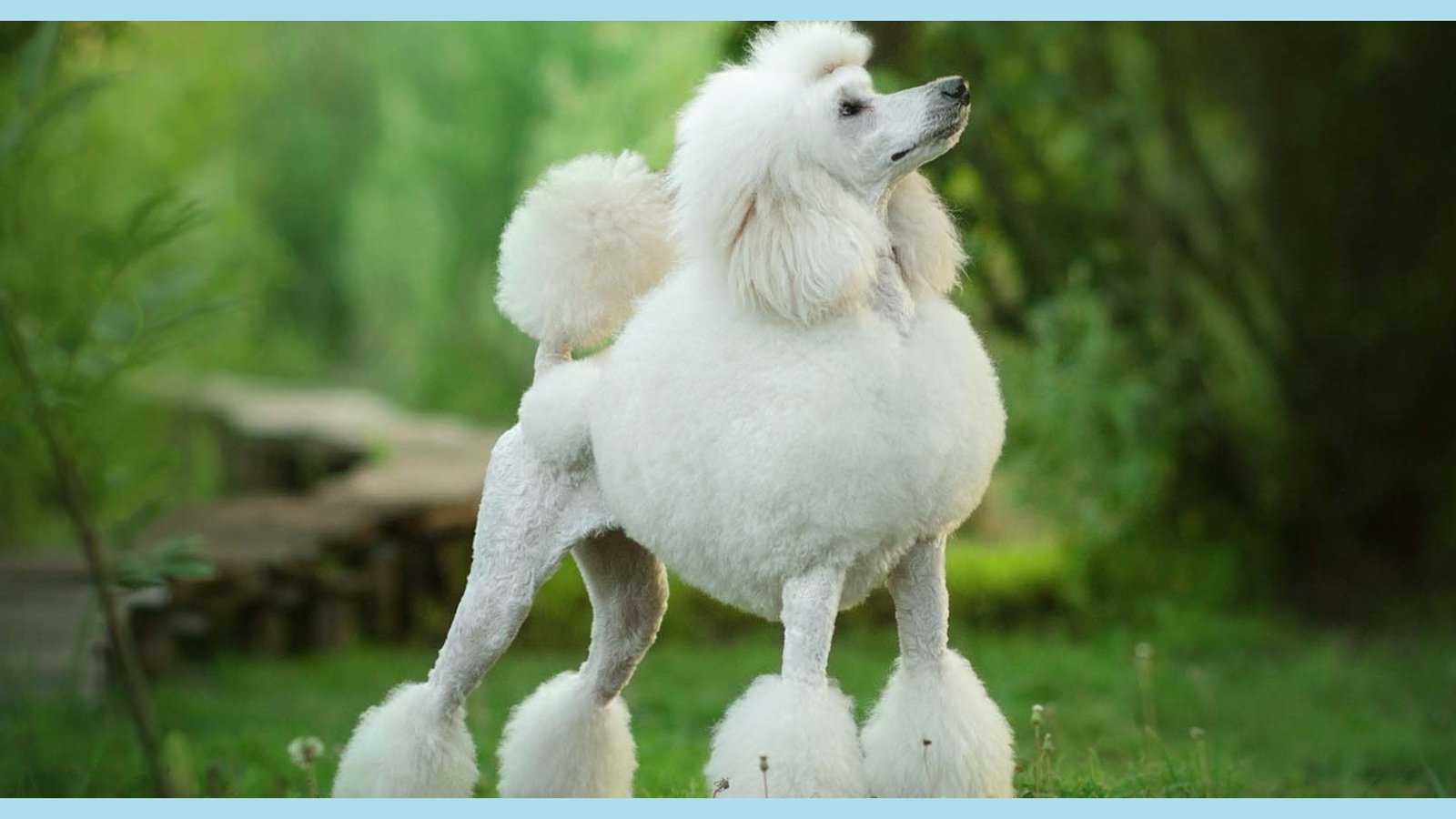
UNVEILING THE MYSTERY AND CHARM OF ALBINO DOGS
Have you ever wondered about albino dogs? Their distinct traits and genetic puzzle captivate. Imagine exploring a world where recessive genes craft tales of missing pigments, bewitching blue eyes, and snow-white coats that defy norms.
Genetic Insights, Health Notes, and Care Guide for Albino Companions
This guide unveils the enigma of albino dogs. We delve into how to identify them, their unique looks, and the complex genetics behind their ethereal charm. Misconceptions get debunked as we examine real cases like the puzzling Albino Dobermans. You’ll learn about potential health concerns, special care needs, and heartwarming stories from owners.
Discover a realm where protective gear, dog DNA tests, and advancements in pet care enhance the well-being of these resilient, sensory-challenged friends. Whether you’re a potential adopter seeking unique insights or a dog lover intrigued by future albino canine studies, this guide illuminates the captivating world of albino pups.
Grasping Albino Dogs: An Overview
Albino dogs are rare, captivating sights with quintessential snow-white fur and unique eye hues. But what truly defines a dog as albino? Dogs with white fur and pink eyes are called albino dogs. A gene makes them look this way. The lack of color affects their fur, skin, and eyes.
Different breeds can be albino pups. From big Great Danes to tiny Chihuahuas. Their looks make them unique. But they also face some issues. Like being sensitive to sunlight. And vision problems.
Despite the challenges, albino dogs are loyal. Just like other dogs. With good care, they thrive and make loving pets. This guide teaches about albino dogs. Their genes, looks, health needs, and care. Whether curious or adopting, learn all about these special pups.
🔑 Key Points: A gene causes albinism in dogs. It stops color from their fur, skin, and eyes. But albino dogs make great pets with care.
The Misconceptions of Albinism in Dogs
Many think any white-furred dog is albino. But that’s incorrect. True albino dogs have pinkish-red eyes. And lack all color pigments. Another myth? Thinking albinism is rare in dogs. While uncommon, it can occur in many breeds. From large breeds like Great Danes. To toy breeds like Chihuahuas.
While albinism can cause a white coat, not all white dogs are albino. Many breeds, such as the Samoyed or the West Highland White Terrier, naturally have white coats without the presence of the albino gene.
Another misconception is that albino dogs are automatically deaf or blind. While albinism can be associated with sensory impairments, not all albino dogs experience these issues. Each dog is unique, and the extent of any sensory impairments can vary.
It’s also important to note that albino dogs are not a separate breed. Albinism can occur in any breed, from the mighty Doberman Pinscher to the gentle Labrador Retriever. It’s a genetic condition that transcends breed boundaries. By understanding these misconceptions, we can appreciate albino dogs for what they truly are – unique individuals with their own strengths and challenges. Armed with this knowledge, we can provide them with the love, care, and understanding they deserve.
🔑 Key Points: Albinism in dogs is often misunderstood, and it’s crucial to separate facts from misconceptions to provide albino dogs with the appropriate care and support they need.
Identification and Physical Characteristics of Albino Dogs
Albino dogs are truly a sight to behold, with their striking appearance that sets them apart from their pigmented counterparts. But what exactly should you look for when identifying an albino dog?
The most obvious characteristic is their coat color. Albino dogs typically have a pure white or light cream-colored coat, lacking any pigmentation. This is due to the absence of melanin, the pigment responsible for color in the skin, fur, and eyes.
It’s important to note and to understand that not all white dogs are albino. Some breeds, like the Samoyed or the Bichon Frise, naturally have white coats without the albino gene. To determine if a dog is truly albino, you’ll need to look beyond the fur.
The Rare Beauty Of Albino Dogs
One of the most distinguishing features of albino dogs is their eyes. Unlike their pigmented counterparts, albino dogs often have light blue, pale green, or even pinkish-red eyes. This unique eye color is caused by the lack of pigment in the irises, allowing the blood vessels to show through.
In addition to their eye color, albino dogs may also have a pink nose and paw pads. This is because the skin in these areas also lacks pigment, revealing the underlying blood vessels. It’s worth noting that some albino dogs may have a slight yellowing of their coat or skin due to a buildup of a pigment called pheomelanin. This doesn’t mean they’re not albino; it’s simply a variation within the condition.
Identifying an albino dog requires a keen eye and an understanding of the genetic factors at play. By recognizing the unique physical characteristics, such as the white coat, blue eyes, and pink nose and paw pads, you can appreciate the rare beauty of these special canines.
🔑 Key Points: Albino dogs are identified by their white coat, unique eye color, and pink nose and paw pads, which are a result of the lack of melanin pigment in their bodies.

THE GENETIC SCIENCE BEHIND ALBINISM IN DOGS
Albinism in dogs is a genetic trait. It happens because of changes in genes that make pigment.
The SLC45A2 Gene Causes Albinism
Most albino dogs have a type called oculocutaneous albinism. This affects their eyes, skin, and fur. It’s caused by mutations in the SLC45A2 gene. The SLC45A2 gene tells cells how to make a protein. This protein helps make and distribute melanin pigment.
Melanin gives color to skin, fur, and eyes. With mutations, the gene can’t work right. So, little or no melanin is made. The exact mutation varies between breeds. In Dobermans, the albino gene is in a different DNA spot than Lhasa Apsos or Pomeranians.
Albinism’s Complexity And Diversity
Breed-specific gene tests help identify albinism causes. Analyzing breed DNA pinpoints the mutations behind this condition. In dogs, albinism is inherited in an autosomal recessive pattern. A dog must get one mutated gene copy from each parent to be albino. With just one copy, they’re carriers without signs.
Albinism in dogs is an interesting genetic trait. It is caused by mutations that prevent melanin production. This leads to a distinct white coat and pale eyes. By understanding the genetics, we can better care for albino dogs’ unique needs.
🔑 Key Points: Different dog breeds have specific mutations causing albinism. Genetic testing helps identify these breed-specific mutations. This highlights the importance of targeted testing for each breed.

ALBINO DOBERMANS: A CASE STUDY
Albino Doberman Pinschers have captured dog lovers’ attention. The first documented albino Doberman was Sheba, born in the 1970s. Her unusual appearance sparked curiosity and concern among breeders. Some worried the albino gene could cause health issues. Others found a new color variation intriguing. As more albino Dobermans were born, it became clear this was a rare genetic trait.
The Doberman Pinscher Club of America (DPCA)
Breeders studied the inheritance pattern of the albino gene. It followed an autosomal recessive pattern in Dobermans. The DPCA took steps to understand and manage this gene. They created a registry for albino Dobermans. Breeders were encouraged to do genetic testing.
This identified carriers of the albino gene. The DPCA’s proactive approach helped manage this unique trait. The DPCA worked hard to learn about albino Dobermans’ health. They wanted to prevent reckless breeding. They aimed to address potential issues.
Why Responsible Breeding Matters?
Albino Dobermans are rare, unique dogs today. Their special coloring is not allowed in shows. But many dog lovers find their beauty appealing. The albino Doberman case shows why responsible breeding is crucial. Breed clubs play a key role. They study and track rare traits. This helps ensure dogs’ well-being, no matter their color.
🔑 Key Points: The albino Doberman case highlights the need for responsible breeding practices. Breed clubs are vital for understanding and managing rare genetic traits within breeds.

GENETIC TESTING AND BREED-SPECIFIC CONSIDERATIONS
As we learn more about dog genetics, genetic testing becomes more available. This exciting progress allows us to identify and manage conditions like albinism.
Uncovering Your Pet’s Genetic Secrets
An exciting advancement in pet care is at-home DNA tests. These kits allow dog owners to glimpse into their furry friend’s genetic makeup. They can reveal genetic traits, including albinism-linked variants. But beware, not all genetic tests deliver equal accuracy. When investigating albinism, breed-specific testing is key for reliable results.
Different breeds may have distinct albinism-causing mutations. For instance, while SLC45A2 often underlies albinism, in Lhasa Apsos, the TYR gene harbors the albino variant. And for Pomeranians, the culprit lies in MITF. This breed variability means a one-size-fits-all test may miss albinism’s genetic roots in certain pups. Reputable companies offering breed-tailored panels analyzing the right genes are essential.
Harnessing Genetics for Better Breeding
Besides spotting albinism, genetic testing equips breeders with crucial insights for responsible breeding programs. Identifying albinism’s genetic basis allows avoiding albino litters, promoting puppy health.
As genetic tests advance and become accessible, owners and breeders must stay informed, collaborating with trusted experts. Leveraging genetic science fosters deeper understanding, enabling better care for canine companions, including those with unique traits like albinism.
🔑 Key Points: Genetic tests tailored to specific dog breeds are crucial. They accurately identify albinism. The mutations causing albinism differ among breeds.

HEALTH ISSUES LINKED TO ALBINISM
Albino dogs are stunning. But their unique genes can pose health challenges. Owners must know these issues. They can provide the best care.
Light Sensitivity And Vision Problems
A major albinism issue is light sensitivity. Lack of eye pigment makes albino dogs sensitive. They can feel discomfort in bright light. This leads to squinting, watery eyes, light avoidance. Sometimes, lack of eye pigment causes vision issues. Albino dogs may have reduced vision, depth perception issues, or partial blindness. Regular vet eye checks help monitor these concerns.
Skin Tumor Risk
Another albinism concern is increased skin tumor risk. Lack of skin pigment makes them vulnerable to UV radiation. Limit direct sun exposure. Use dog-safe sunscreens or protective clothing outdoors. Some believe albino pups are deaf. Not always true. Hearing issues can happen in white breeds like Dalmatians. But it’s not caused by albinism itself.
Still, get an albino pup’s hearing checked if you notice problems. Rarely, albinism in dogs links to other genetic conditions affecting health. For example, some albino Dobermans have higher rates of Von Willebrand’s disease – a blood clotting disorder. So genetic testing and regular check-ups are crucial for albino dogs.
Do Your Research Before Adopting Albino Dogs
But remember, each pup is unique. Not all albino dogs face these issues. With good care, check-ups, and a loving home, they can live happily and healthily. If adopting an albino dog, research well. Work with reputable breeders or rescues. They’ll guide you on your new furry friend’s special needs. And help you prepare for caring for an albino pup.
🔑 Key Points: Albino dogs may deal with light sensitivity, vision troubles, and raised skin tumor risks. But with proper care and regular vet visits, they can thrive happily and healthily.
Special Care Needs for Albino Dogs
Albino dogs require special care. Their sensitive skin and eyes demand extra attention. This ensures they stay healthy and content. Protecting their delicate skin is crucial. Albino dogs risk sunburn and damage from harmful rays. You must limit direct sun exposure, especially at peak hours.
Safeguarding Delicate Skin And Sensitive Eyes
When outdoors, use dog-safe sunscreen or light, breathable clothing. This shields their skin from UV rays. Their lack of eye pigment causes light sensitivity. Use gentle cleansers to remove irritants. On daytime walks, stick to shaded areas. Consider visors or goggles to protect their eyes. Vets may suggest lubricating drops for comfort. Owning an albino dog needs care. Keep their space dimly lit. Let them rest in a dark, quiet spot when needed. They’ll feel safe and relaxed.
Watch Their Health
Regular vet visits track your albino dog’s health. Catch issues early. Your vet suggests care for their needs. A plan helps your pup thrive. With extra attention, your albino dog can live happily. Protect their needs. Provide comfort. They’ll navigate confidently.
🔑 Key Points: Shield albino dogs’ sensitive skin and eyes from sun. Work with vets for personalized care meeting their unique needs.

NAVIGATING THE CHALLENGES: REAL LIFE EXAMPLES
Owning an albino dog has challenges. But with know-how and prep, they thrive. Let’s see real-life examples of owners helping albino dogs succeed.
Meet Luna, the Albino Lab
Luna is a stunning albino Labrador Retriever. Her owner Sarah knew her unique pup needed extra care. To shield Luna’s delicate skin, Sarah got her breathable shirts and hats to wear outside. She also applied sunscreen to Luna’s nose and ears before sun time.
Max, the Albino Mixed-Breed
For Max, an albino mixed-breed dog, his biggest issue was sensitive eyes. His owner David noticed Max would squint and tear up in bright light. After talking to their vet, David used a gentle eye cleanser to keep Max’s eyes irritant-free. He also walked Max in shaded areas during the day. David even found special dog goggles to protect Max’s eyes from sunlight.
Lily, the Albino Chihuahua
Lily, an albino Chihuahua, struggled with her vision. Her owner Emma saw Lily bump into objects or have trouble in new spaces. To boost Lily’s confidence, Emma used verbal cues and gentle guidance to help her navigate. She also kept Lily’s living area clutter-free and obstacle-free.
These real-life stories show the dedication of albino dog owners. By being proactive, working with vets, and providing needed accommodations, these owners have helped their albino pups live happy, healthy lives.
A Quick Summary on Albino Dogs
In a nutshell, the blog post ” Albino Dogs: Unmasking The Mystery And Beauty ” is a thorough guide. It sheds light on albino dogs’ unique traits. It debunks common misconceptions about them. The article delves into the genetic science behind albinism in canines. It offers invaluable insights for potential owners and dog lovers.
The emphasis is on health concerns tied to albinism. It covers specialized care needs, underscoring tailored support for these special furry friends. The blog explores real-life examples and future genetic studies. This fosters a deeper appreciation for albino dogs’ intricacies and advancements in pet care.
As you explore the world of albino dogs, remember their uniqueness deserves celebration. With proper care and attention, they flourish as cherished companions. Thank you for joining this enlightening journey towards becoming knowledgeable and compassionate dog owners.
Read more about the albino dogs on Off Leash Blog!









